Main menu
Common skin conditions

NEWS
Join DermNet PRO
Read more
Quick links
Author: Reviewed and updated by Dr Amanda Oakley Dermatologist, Hamilton, New Zealand, Vanessa Ngan, Staff Writer, and Clare Morrison, Copy Editor, April 2014.
Comedones are the skin-coloured, small bumps (papules) frequently found on the forehead and chin of those with acne. A single lesion is a comedo.
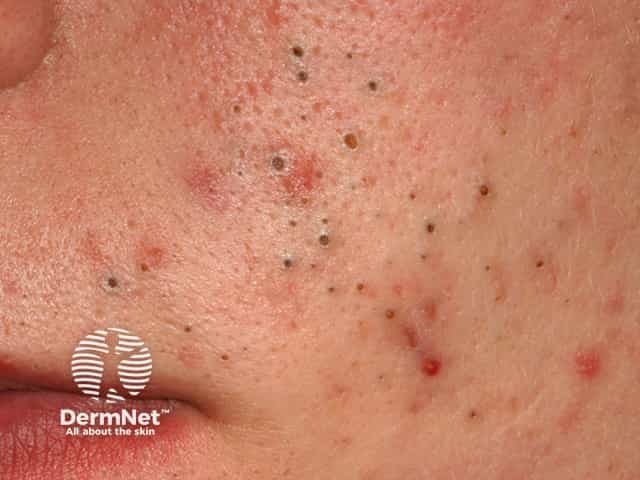
Open comedones
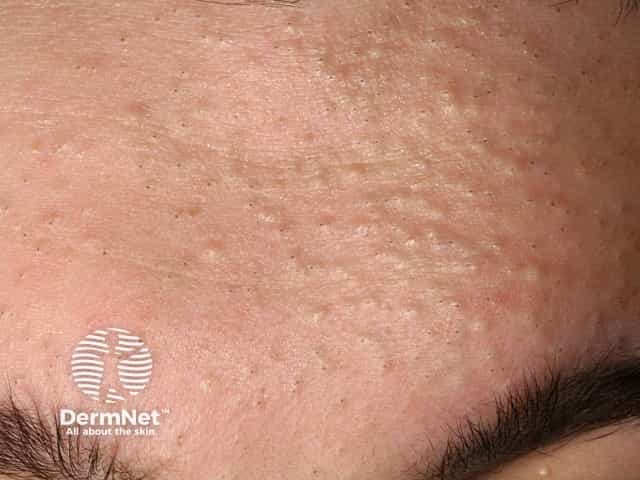
Closed comedones
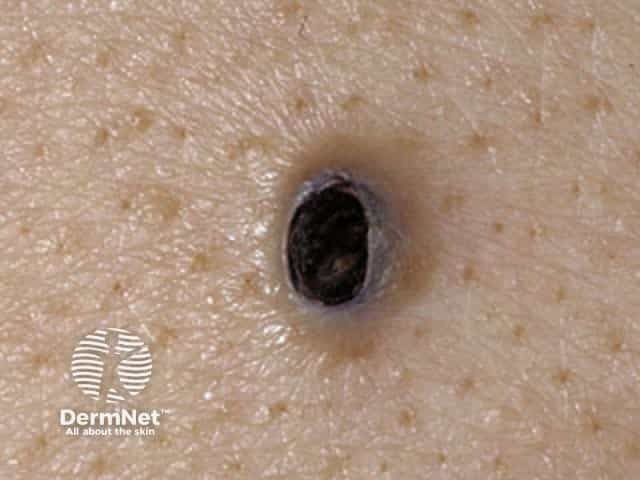
Giant comedo
Comedonal acne is a pattern of acne in which most lesions are comedones. Comedonal acne most often affects the forehead and chin.
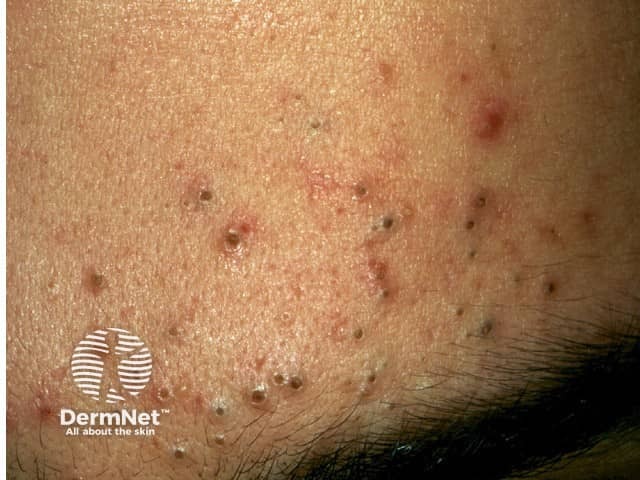
Open comedones
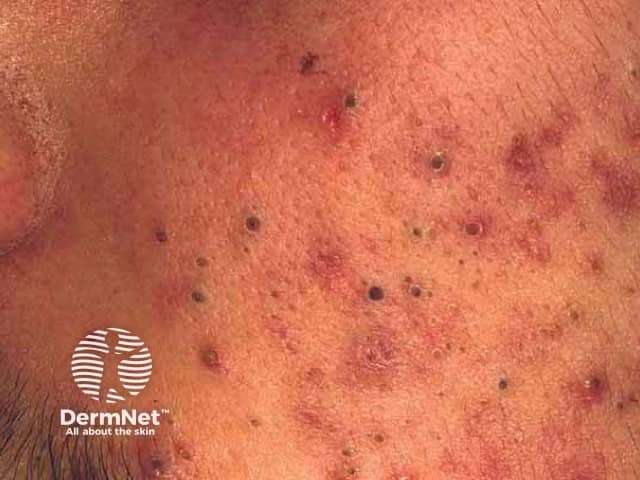
Comedonal acne
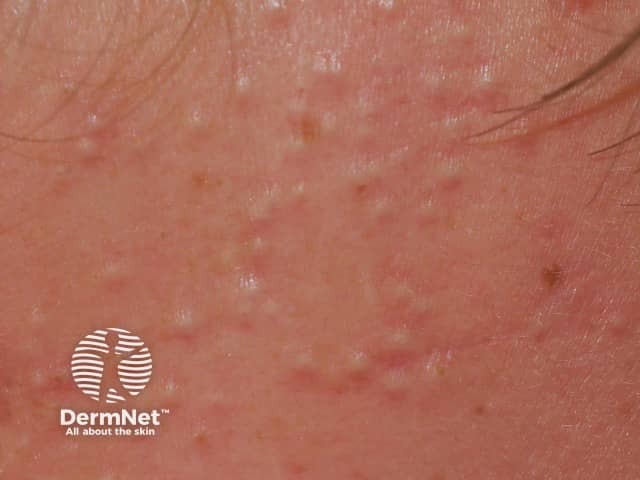
Comedonal acne
Comedones arise when cells lining the sebaceous duct proliferate (cornification), and there is increased sebum production. A comedo is formed by the debris blocking the sebaceous duct and hair follicle. It is now known that comedones also involve inflammation (see causes of acne).
The development of comedones may involve the following factors:
If you have comedonal acne, choose oil-free cosmetics and wash twice daily with a mild soap and water. It is best to stop smoking and to have a diet that is low in sugar, fat and dairy products.
Choose "comedolytic" topical medications. These should be applied once or twice daily as a thin smear to the entire area affected. It may take several weeks to months before worthwhile improvement occurs. Treatment needs to be continued long-term (sometimes for many years).
Suitable topical agents include:
Prescription oral medications for comedonal acne include:
Antibiotics can also improve comedonal acne but are usually prescribed for inflammatory acne (acne vulgaris).
Surgical treatments are sometimes recommended to remove persistent comedones:
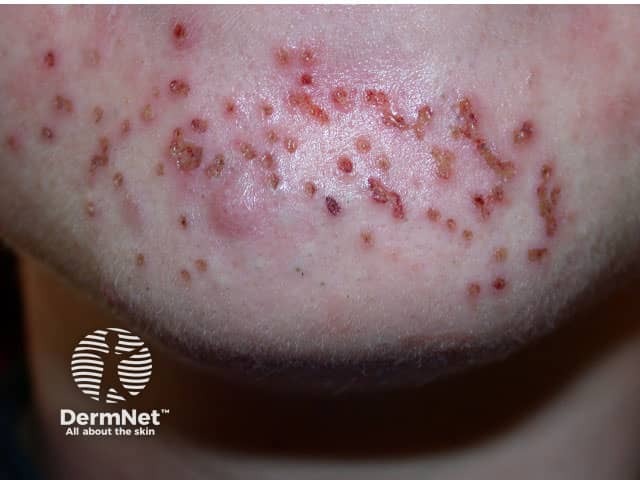
Electrosurgery to comedones